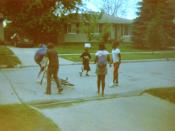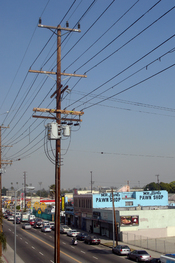Oral Responses of Cultural Fear The 1992 Los Angeles riots that devastated not only parts of the city, but many Americans who thought racial tensions had declined, manifested a cultural fear. The cause of the riots was primarily the perception in the black community that a white-dominated judicial system had once again discriminated against them, a belief substantiated by historical judicial discrimination. Such fears and forms of protest exist in every culture, albeit usually more subdued and less obvious. Forms of more subdued protest are pickets, speeches, songs, and stories. The fears are often expressed in forms of oral protest due to their specific, culturally based origins. As a means of better classifying these fears and concerns expressed in protests, the term "cultural fear" acts as a category which illuminates why one group feels vulnerable to and threatened by another group's concept of it. "Cultural fear" is a helpful way to view the concerns expressed in oral forms, which assist in understanding the reasons one group fears another's image of it.
"Cultural fear" has several key parts which help define it. Foremost is the use of the term fear, which must be defined in this context. "Fear" encompasses not only all of the fears of a group, but also many of their concerns and anxieties. It cannot be forgotten that fear is essentially an insider group's perception of how an outside group identifies them. Thus cultural fear is analogous to a culture's perception of how an outside group identifies it.
The perception of the outside group is integral in understanding this fear. The inside group,which holds the fear, perceives the other group as having powers which could allow them to harm the culture in some way. Such perceptions which become manifest are usually outgrowths of troubled historical pasts, where one...


